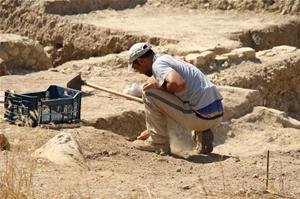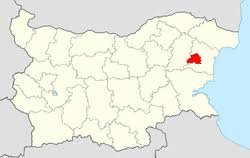Provadia (Bulgarian: Провадия) a city in Bulgaria, in the Varna Oblast, the seat of the Provadia Municipality; 14,092 inhabitants (2006). A prehistoric settlement (Solnicata) was discovered in the vicinity of the city – the oldest city in Europe – inhabited by 350 people around 5500 BC. The inhabitants were engaged in obtaining salt from a nearby source. The settlement is associated with a cemetery discovered in Varna and the Varna culture, which dates to the same period. A route followed by Polish embassies to Constantinople in the 18th century ran through the city. In 1703, the ambassador to Turkey, Stanisław Rzewuski, founded an Armenian church here.
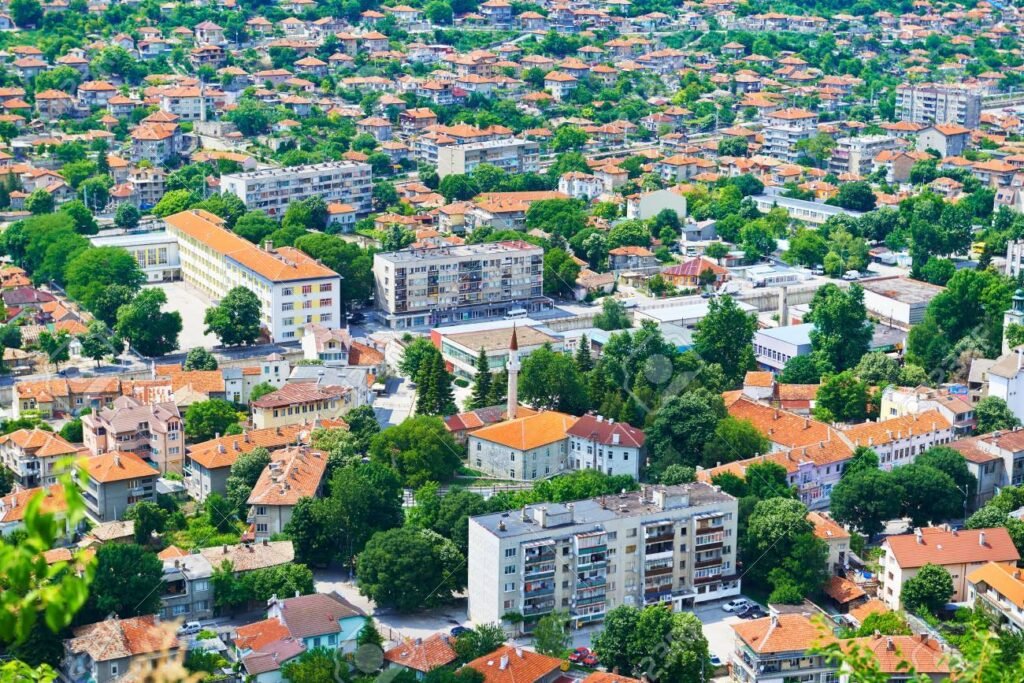
- Ovech Fortress. The fortress was built by the Byzantines in the 4th century. In the following centuries it was used by the Bulgarians, and then taken over by the Ottoman army. The fortress’s heyday fell in the 12th-14th centuries, when it served as an economic, administrative, religious and military center in the region. The fortress can be reached by several roads. The main entrance is from the north. It is accessed by a 150 m long bridge, which connects the building with the Tibet plateau. From the west, a spiral staircase of 111 steps leads to the fortress.
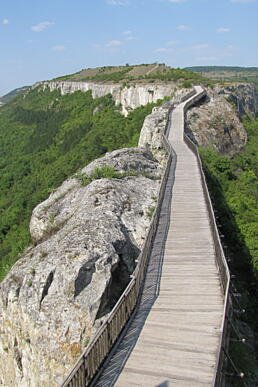
- Miracle Rocks.
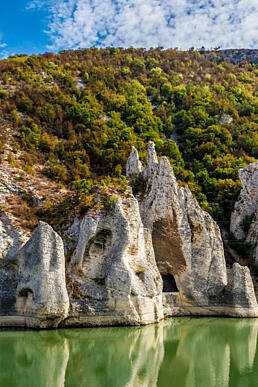
- Provadia History Museum. The history of the city can be learned at the Provadia History Museum.
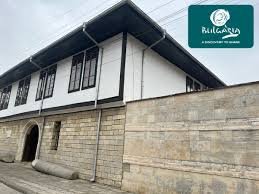
- Shashkanite Monastery. Therefore, the biggest attractions of Provadia today are its landscapes. The limestone gorge is rich in unusual rock formations, such as the Miraculous Rocks and numerous caves. Since the Middle Ages, male and female Orthodox monasteries have been located there.
- The Kara Cave Rock Monastery. The limestone gorge is rich in unusual rock formations, such as the Miraculous Rocks and numerous caves. Since the Middle Ages, Orthodox male and female monasteries have been located there. Today, the most important of them include the Shashkanite Monastery and the Kara Cave Rock Monastery.
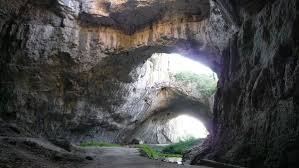
- Provadja is a small town picturesquely situated in a limestone gorge of the river of the same name. It is famous for its caves, rock monasteries and unusual rock formations. Around Provadia there is a system of limestone caves about 70 km long. In addition, salt has been extracted here since prehistoric times. Until the mid-20th century, this was done by evaporating brine waters, but currently the largest salt mine in Bulgaria operates here. Since ancient times, the local brine springs have been used for bathing and inhalation. The mild climate also supports relaxation and beneficial effects on health. The conditions here are often compared to the Czech spa town of Karlovy Vary, but further investments in infrastructure are necessary to better use them.
